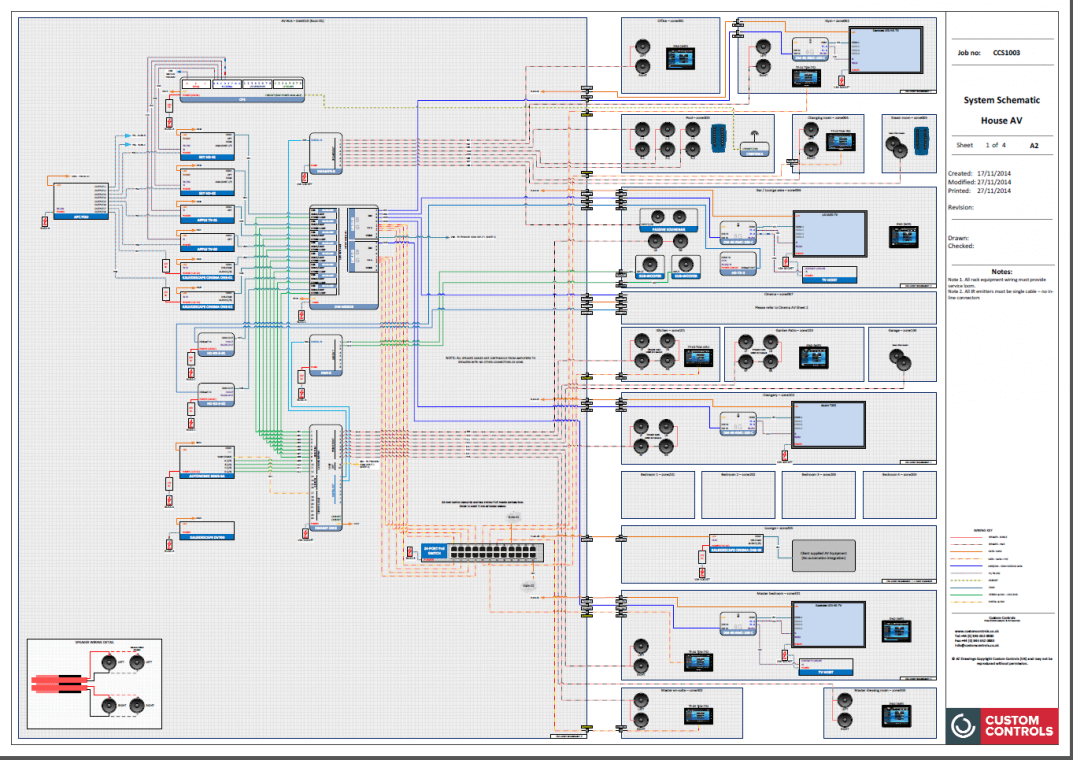
A of the key advantages of integrating outdated technologies with modern sound networking is enhanced flexibility. Conventional sound systems often require complex cabling and limited pathway options. With sound communication technologies like Dante or AVB, audio signals can be transmitted over standard Ethernet connections. This means that operators can readily connect various devices without the requirement for extensive rewiring. Regardless in a performance venue, a school theater, or a corporate function, this flexibility enables for rapid modifications and modifications to the sound setup without significant delays.
Performance is a further major element that improves when outdated systems are modernized with up-to-date networking technologies. Legacy systems may have difficulty to deliver high-quality sound, especially in bigger venues or in complex events. By adopting audio networking, organizations can leverage of advanced features such as low latency, synchronization, and electronic signal management. These advancements assist guarantee that sound is distinct and uniform, enhancing the overall quality for audiences and artists alike. This transition can make a marked difference in the way sound is experienced in different settings.
Moreover, integrating outdated systems with contemporary solutions can lead to cost benefits in the extended term. While upgrading to new devices may necessitate an upfront investment, the efficiency gained through sound networking can lower maintenance browse around this web-site expenses and decrease the requirement for continuous repairs. Furthermore, connected systems often require fewer physical room than conventional installations, which can save on property expenses in venues. Entities can allocate funds more efficiently, utilizing the money they save to allocate resources in other important fields.
Finally, training personnel on how to use combined technologies becomes easier with audio communication. Many modern sound networking systems come with intuitive controls and distant management features. This indicates that including those who may not extensive technological knowledge can be trained to operate and control the sound systems effectively. Training initiatives can be developed focused on these solutions, enabling personnel to maintain and diagnose systems with assurance. By combining the old with the modern, entities can create a more competent and knowledgeable workforce, in the end leading to improved sound outcomes for all involved.